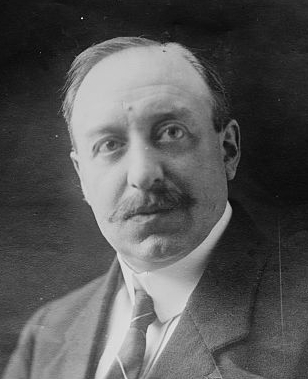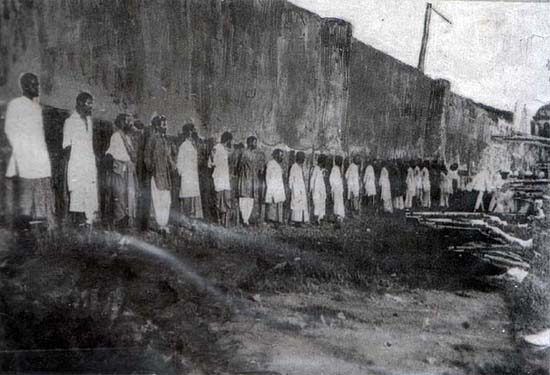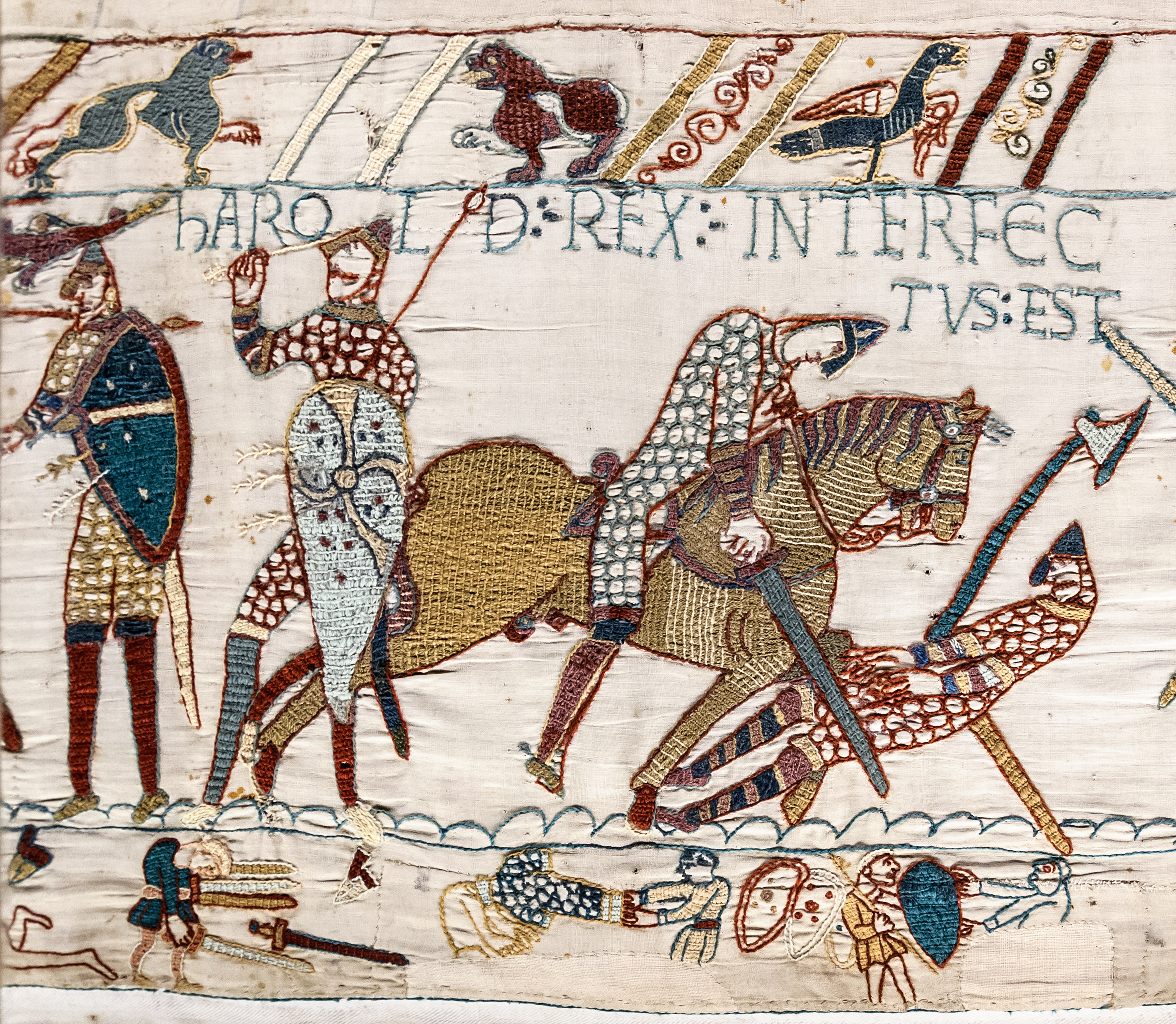|
Harold Stuart
Sir Harold Arthur Stuart (29 July 1860 – 1 March 1923) was an Indian Civil Servant, the first Director of the Central Criminal Intelligence Department, and later a Home Secretary to the Government of India.Walford's County Families of the United Kingdom.p1035. 1920 A graduate of King's College, Cambridge, Harold Stuart was born in the city of York to Peter Stuart. He entered the Indian Civil Service in 1881, serving as the Under Secretary to the Government of Madras. From April 1904 till 1909, Stuart served as the head of the newly formed Central Criminal Intelligence Department, later serving as the Home Secretary to the Government of India and subsequently in the Executive Council. In 1919 he was appointed as the British High commissioner to the Inter-Allied Rhineland High Commission The Inter-Allied Rhineland High Commission was created by the Treaty of Versailles on 28 June 1919, to supervise the occupation of the Rhineland and "ensure, by any means, the security and sa ... [...More Info...] [...Related Items...] OR: [Wikipedia] [Google] [Baidu] |
Central Criminal Intelligence Department
The Department of Criminal Intelligence (DCI) was established in April 1904 under Sir Harold Stuart on recommendations of Sir Andrew Fraser, following the report of the 1903 Police Commission instituted by the then Viceroy of India Lord Curzon. After Indian independence in 1947, Central Criminal Intelligence Department was renamed as the Department of Criminal Intelligence (DCI) is India's domestic intelligence, counter-terrorism, and criminal Investigation agency, Under the Ministry of Home Affairs Government of India. The agency is tasked with national security and criminal matters. History Central Criminal Intelligence Department was established in April 1904 under Sir Harold Stuart on recommendations of Sir Andrew Fraser, following the report of the 1903 Police Commission instituted by the then Viceroy of India The Governor-General of India (1773–1950, from 1858 to 1947 the Viceroy and Governor-General of India, commonly shortened to Viceroy of India) was the repr ... [...More Info...] [...Related Items...] OR: [Wikipedia] [Google] [Baidu] |
King's College, Cambridge
King's College is a constituent college of the University of Cambridge. Formally The King's College of Our Lady and Saint Nicholas in Cambridge, the college lies beside the River Cam and faces out onto King's Parade in the centre of the city. King's was founded in 1441 by King Henry VI soon after he had founded its sister institution at Eton College. Initially, King's accepted only students from Eton College. However, the king's plans for King's College were disrupted by the Wars of the Roses and the resultant scarcity of funds, and then his eventual deposition. Little progress was made on the project until 1508, when King Henry VII began to take an interest in the college, probably as a political move to legitimise his new position. The building of the college's chapel, begun in 1446, was finished in 1544 during the reign of Henry VIII. King's College Chapel is regarded as one of the finest examples of late English Gothic architecture. It has the world's largest fan vaul ... [...More Info...] [...Related Items...] OR: [Wikipedia] [Google] [Baidu] |
York
York is a cathedral city with Roman origins, sited at the confluence of the rivers Ouse and Foss in North Yorkshire, England. It is the historic county town of Yorkshire. The city has many historic buildings and other structures, such as a minster, castle, and city walls. It is the largest settlement and the administrative centre of the wider City of York district. The city was founded under the name of Eboracum in 71 AD. It then became the capital of the Roman province of Britannia Inferior, and later of the kingdoms of Deira, Northumbria, and Scandinavian York. In the Middle Ages, it became the northern England ecclesiastical province's centre, and grew as a wool-trading centre. In the 19th century, it became a major railway network hub and confectionery manufacturing centre. During the Second World War, part of the Baedeker Blitz bombed the city; it was less affected by the war than other northern cities, with several historic buildings being gutted and restore ... [...More Info...] [...Related Items...] OR: [Wikipedia] [Google] [Baidu] |
Inter-Allied Rhineland High Commission
The Inter-Allied Rhineland High Commission was created by the Treaty of Versailles on 28 June 1919, to supervise the occupation of the Rhineland and "ensure, by any means, the security and satisfaction of all the needs of the Armies of Occupation". It came into being on 10 January 1920, when the treaty came into force.Pawley (2007) p.20 It was based in Coblenz. Members of the High Commission Chairman of the Inter-Allied Rhineland High Commission (in Coblenz) *1919 - 1930 Paul Tirard (France) High Commissioners: * Pierrepont Noyes (United States) (1919 - May 1920) * Henry Tureman Allen (United States) (May 1920 - 24 January 1923) * Professor Rolin Jacquemyns (Belgium) * Sir Harold Stuart (Britain) (1919 - 16 December 1920) * Victor Hay, 21st Earl of Erroll (Britain) (16 December 1920 - May 1928) * William Seeds (Britain) (May 1928 - 12 December 1929) Non Voting co-optee * Karl von Starck (1919 - 1921) * Prince Hermann von Hatzfeldt-Wildenburg (1921 - 1923) Chairman of the In ... [...More Info...] [...Related Items...] OR: [Wikipedia] [Google] [Baidu] |
British Police Officers In India
British may refer to: Peoples, culture, and language * British people, nationals or natives of the United Kingdom, British Overseas Territories, and Crown Dependencies. ** Britishness, the British identity and common culture * British English, the English language as spoken and written in the United Kingdom or, more broadly, throughout the British Isles * Celtic Britons, an ancient ethno-linguistic group * Brittonic languages, a branch of the Insular Celtic language family (formerly called British) ** Common Brittonic, an ancient language Other uses *''Brit(ish)'', a 2018 memoir by Afua Hirsch *People or things associated with: ** Great Britain, an island ** United Kingdom, a sovereign state ** Kingdom of Great Britain (1707–1800) ** United Kingdom of Great Britain and Ireland (1801–1922) See also * Terminology of the British Isles * Alternative names for the British * English (other) * Britannic (other) * British Isles * Brit (other) * Briton (d ... [...More Info...] [...Related Items...] OR: [Wikipedia] [Google] [Baidu] |
Indian Civil Service (British India) Officers
The Indian Civil Service (ICS), officially known as the Imperial Civil Service, was the higher civil service of the British Empire in India during British rule in the period between 1858 and 1947. Its members ruled over more than 300 million people in the Presidencies and provinces of British India and were ultimately responsible for overseeing all government activity in the 250 districts that comprised British India. They were appointed under Section XXXII(32) of the Government of India Act 1858, enacted by the British Parliament. The ICS was headed by the Secretary of State for India, a member of the British cabinet. At first almost all the top thousand members of the ICS, known as "Civilians", were British, and had been educated in the best British schools.Surjit Mansingh, ''The A to Z of India'' (2010), pp 288–90 At the time of the creation of India and Pakistan in 1947, the outgoing Government of India's ICS was divided between India and Pakistan. Although these are now ... [...More Info...] [...Related Items...] OR: [Wikipedia] [Google] [Baidu] |
Revolutionary Movement For Indian Independence
The Revolutionary movement for Indian Independence was the part of the Indian independence movement comprising the actions of violent underground revolutionary factions. Groups believing in armed revolution against the ruling British fall into this category, as opposed to the generally peaceful civil disobedience movement spearheaded by Mohandas Karamchand Gandhi. The revolutionary groups were mainly concentrated in Bengal, Maharashtra, Bihar, the United Provinces and Punjab. More groups were scattered across India. Beginnings Apart from a few stray incidents, the armed rebellion against the British rulers was not organised before the beginning of the 20th century. The revolutionary philosophies and movement made its presence felt during 1905 partition of Bengal. Arguably, the initial steps to organise the revolutionaries were taken by Aurobindo Ghosh, his brother Barin Ghosh, Bhupendranath Datta, Lal Bal Pal and Subodh Chandra Mullick, when they formed the Jugantar party in A ... [...More Info...] [...Related Items...] OR: [Wikipedia] [Google] [Baidu] |
Alumni Of King's College, Cambridge
Alumni (singular: alumnus (masculine) or alumna (feminine)) are former students of a school, college, or university who have either attended or graduated in some fashion from the institution. The feminine plural alumnae is sometimes used for groups of women. The word is Latin and means "one who is being (or has been) nourished". The term is not synonymous with "graduate"; one can be an alumnus without graduating (Burt Reynolds, alumnus but not graduate of Florida State, is an example). The term is sometimes used to refer to a former employee or member of an organization, contributor, or inmate. Etymology The Latin noun ''alumnus'' means "foster son" or "pupil". It is derived from PIE ''*h₂el-'' (grow, nourish), and it is a variant of the Latin verb ''alere'' "to nourish".Merriam-Webster: alumnus .. Separate, but from the s ... [...More Info...] [...Related Items...] OR: [Wikipedia] [Google] [Baidu] |
People From York
A person ( : people) is a being that has certain capacities or attributes such as reason, morality, consciousness or self-consciousness, and being a part of a culturally established form of social relations such as kinship, ownership of property, or legal responsibility. The defining features of personhood and, consequently, what makes a person count as a person, differ widely among cultures and contexts. In addition to the question of personhood, of what makes a being count as a person to begin with, there are further questions about personal identity and self: both about what makes any particular person that particular person instead of another, and about what makes a person at one time the same person as they were or will be at another time despite any intervening changes. The plural form "people" is often used to refer to an entire nation or ethnic group (as in "a people"), and this was the original meaning of the word; it subsequently acquired its use as a plural form of per ... [...More Info...] [...Related Items...] OR: [Wikipedia] [Google] [Baidu] |
Knights Grand Cross Of The Order Of St Michael And St George
A knight is a person granted an honorary title of knighthood by a head of state (including the Pope) or representative for service to the monarch, the church or the country, especially in a military capacity. Knighthood finds origins in the Greek ''hippeis'' and '' hoplite'' (ἱππεῖς) and Roman '' eques'' and '' centurion'' of classical antiquity. In the Early Middle Ages in Europe, knighthood was conferred upon mounted warriors. During the High Middle Ages, knighthood was considered a class of lower nobility. By the Late Middle Ages, the rank had become associated with the ideals of chivalry, a code of conduct for the perfect courtly Christian warrior. Often, a knight was a vassal who served as an elite fighter or a bodyguard for a lord, with payment in the form of land holdings. The lords trusted the knights, who were skilled in battle on horseback. Knighthood in the Middle Ages was closely linked with horsemanship (and especially the joust) from its origins i ... [...More Info...] [...Related Items...] OR: [Wikipedia] [Google] [Baidu] |
Knights Commander Of The Order Of The Star Of India
A knight is a person granted an honorary title of knighthood by a head of state (including the Pope) or representative for service to the monarch, the church or the country, especially in a military capacity. Knighthood finds origins in the Greek ''hippeis'' and '' hoplite'' (ἱππεῖς) and Roman '' eques'' and '' centurion'' of classical antiquity. In the Early Middle Ages in Europe, knighthood was conferred upon mounted warriors. During the High Middle Ages, knighthood was considered a class of lower nobility. By the Late Middle Ages, the rank had become associated with the ideals of chivalry, a code of conduct for the perfect courtly Christian warrior. Often, a knight was a vassal who served as an elite fighter or a bodyguard for a lord, with payment in the form of land holdings. The lords trusted the knights, who were skilled in battle on horseback. Knighthood in the Middle Ages was closely linked with horsemanship (and especially the joust) from its origins in t ... [...More Info...] [...Related Items...] OR: [Wikipedia] [Google] [Baidu] |
Knights Commander Of The Royal Victorian Order
A knight is a person granted an honorary title of knighthood by a head of state (including the Pope) or representative for service to the monarch, the church or the country, especially in a military capacity. Knighthood finds origins in the Greek ''hippeis'' and ''hoplite'' (ἱππεῖς) and Roman '' eques'' and ''centurion'' of classical antiquity. In the Early Middle Ages in Europe, knighthood was conferred upon mounted warriors. During the High Middle Ages, knighthood was considered a class of lower nobility. By the Late Middle Ages, the rank had become associated with the ideals of chivalry, a code of conduct for the perfect courtly Christian warrior. Often, a knight was a vassal who served as an elite fighter or a bodyguard for a lord, with payment in the form of land holdings. The lords trusted the knights, who were skilled in battle on horseback. Knighthood in the Middle Ages was closely linked with horsemanship (and especially the joust) from its origins in the 1 ... [...More Info...] [...Related Items...] OR: [Wikipedia] [Google] [Baidu] |






_1938.jpg)


